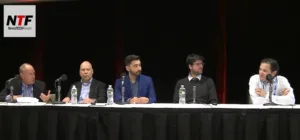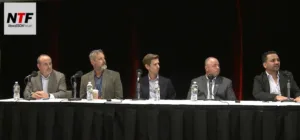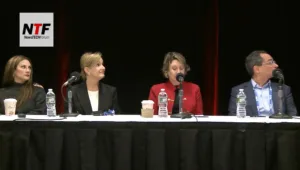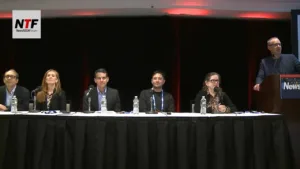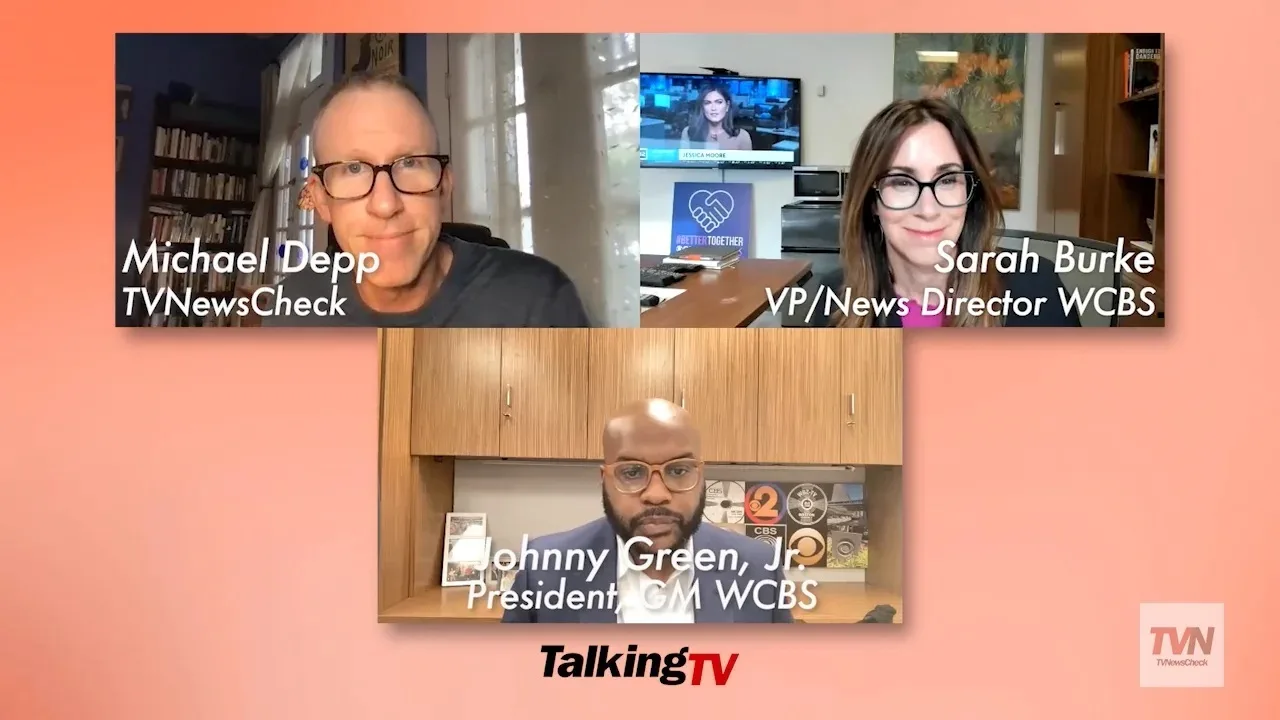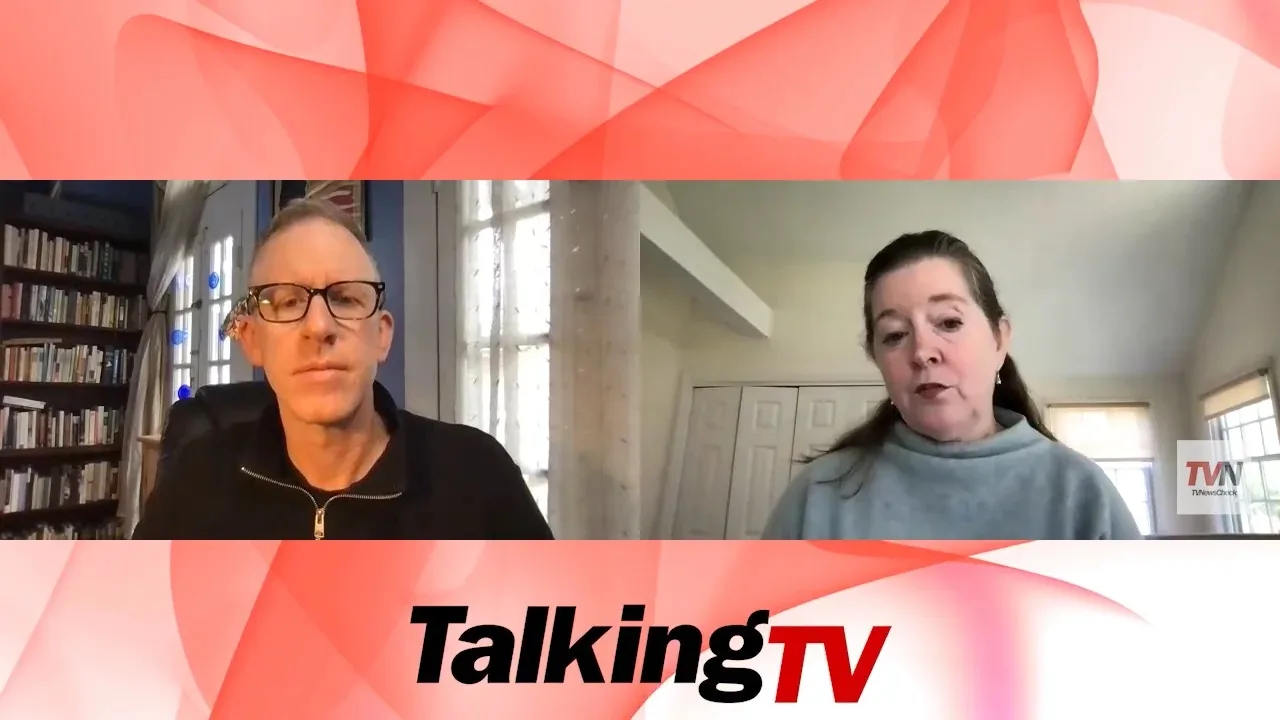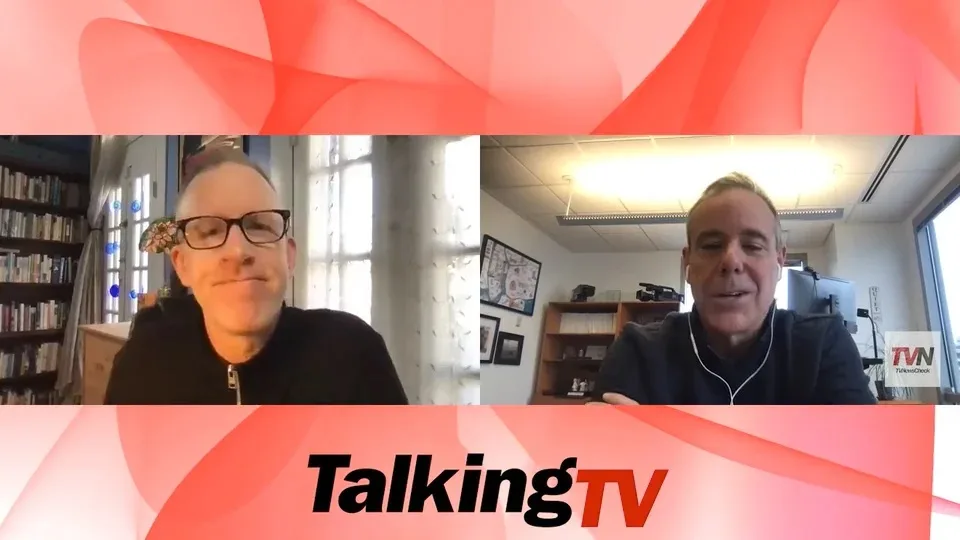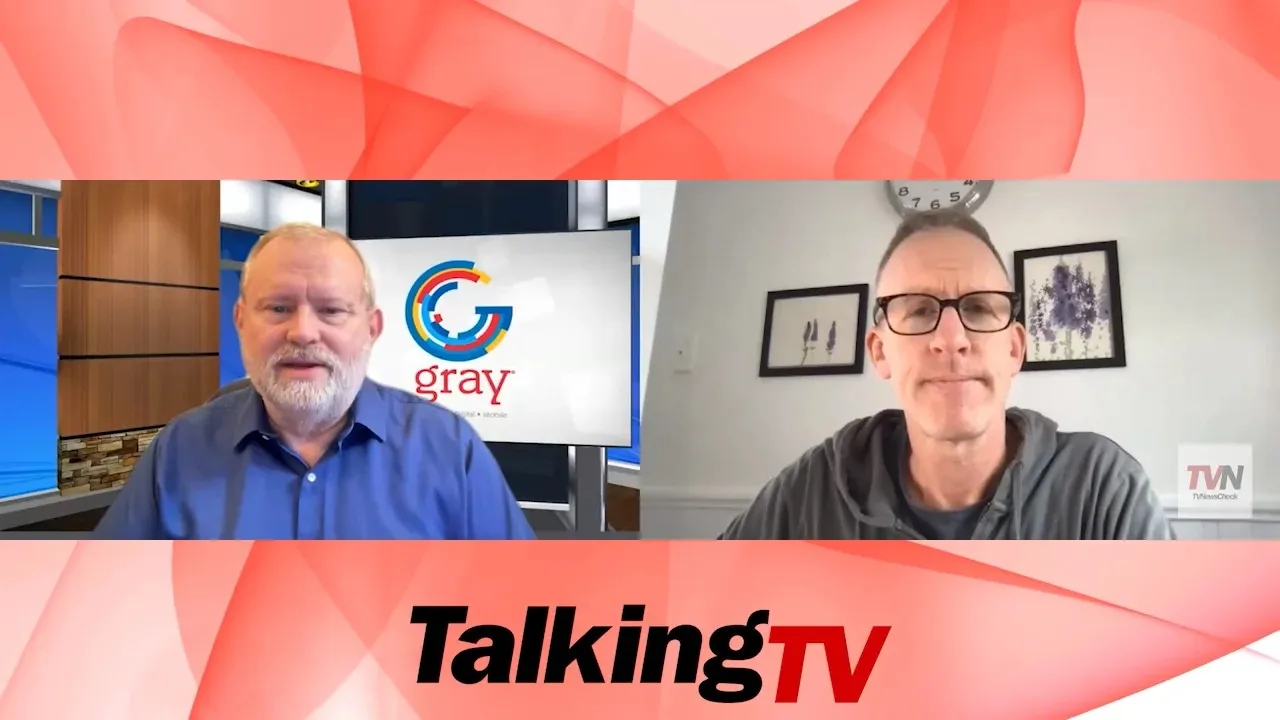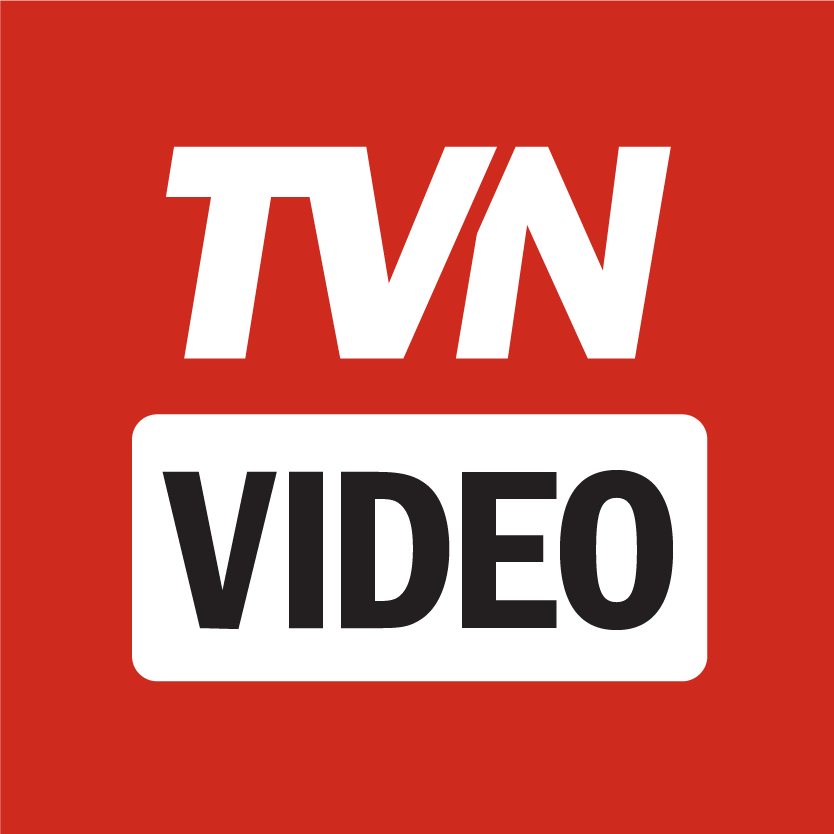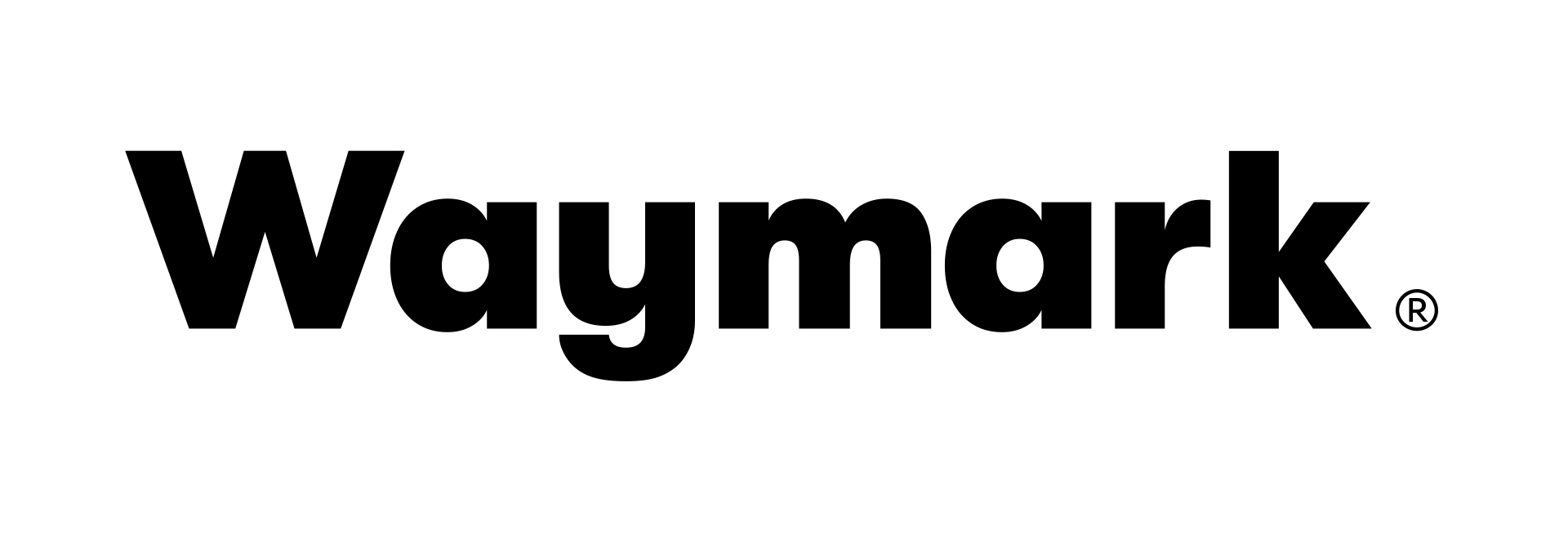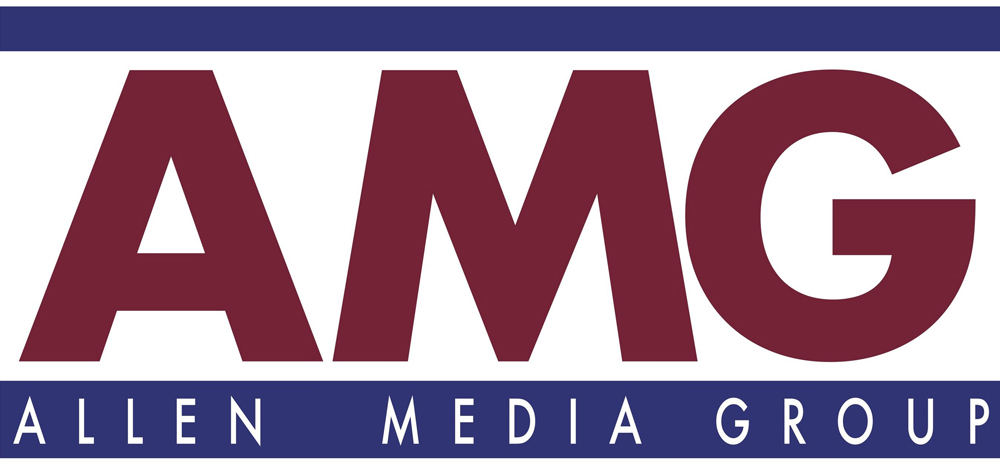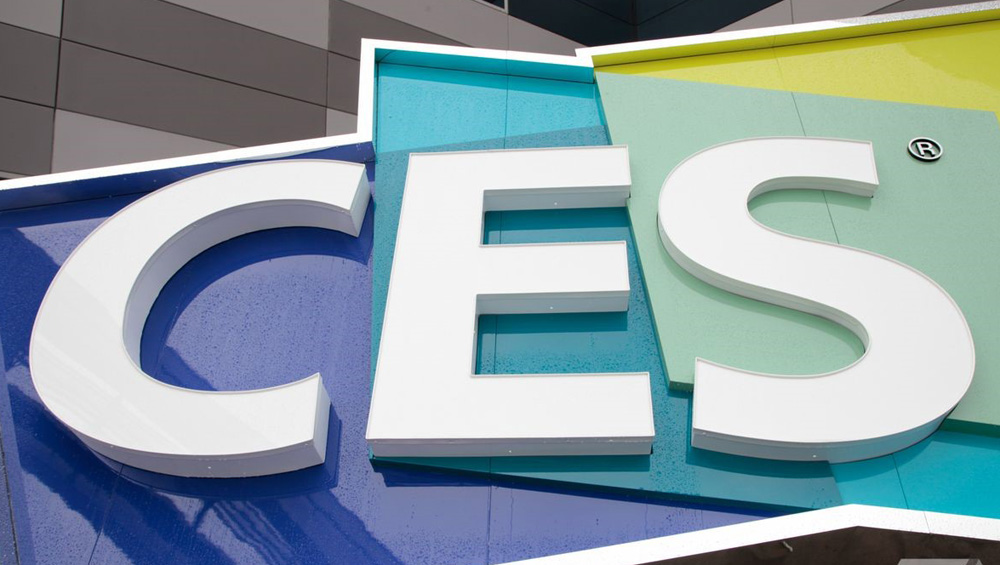
Organizers expect a larger turnout of attendees and exhibitors to CES in Las Vegas next week, where generative AI, IP delivery and new developments in NextGen TV are likely to draw broadcasters’ focus.

Top executives from Tubi, Tegna, Sinclair, Cisco and Lawo told a TVNewsCheck webinar Tuesday that hybrid technology architectures and business models would be a major dynamic in 2024, along with an expanding and promising use of generative AI that also compels great caution. To watch the video of the full webinar, click here.
Members of the Advanced Television Systems Committee (ATSC) have elected three media and technology executives to serve on the ATSC board of directors for three-year terms that begin in January […]

Aiken has been a longstanding proponent of new technologies and is playing a major role in the deployment of NextGen TV services.

Broadcasters kept their focus largely on a NextGen TV narrative headed into this week’s CES in Las Vegas, where around 100,000 attendees are expected. Sinclair is discussing its own flurry of ATSC 3.0 developments, while the demise of pay TV service Evoca was one setback in the NextGen saga.
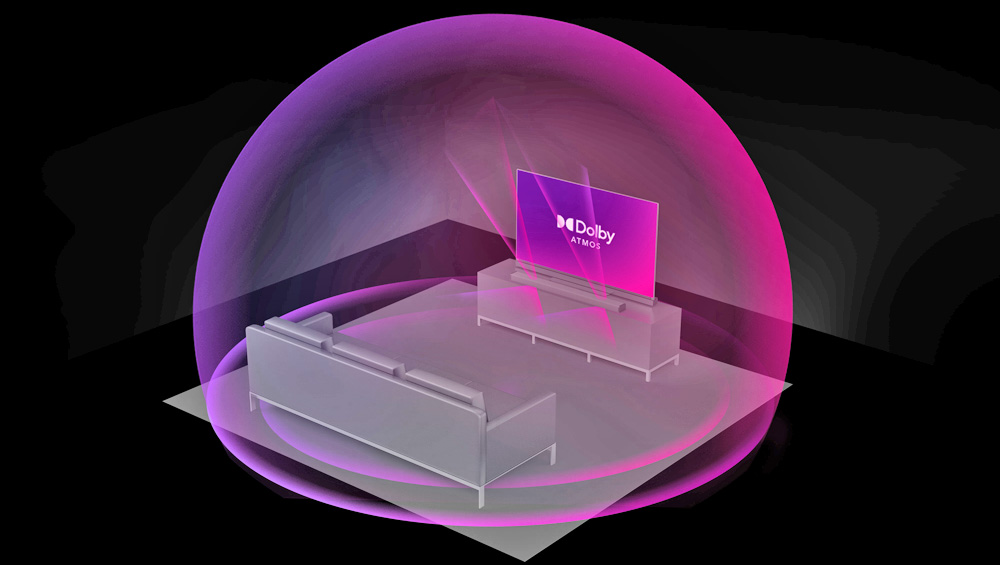
Most of ATSC 3.0’s audio delay in the U.S. is attributable to the same factors that have held back the rollout of UHD content: there is still a small base of NextGen TV-capable sets; the distribution chain from networks to stations is not fully ready for new formats; and broadcasters are somewhat hamstrung in experimenting with their 3.0 content because of FCC rules that require them to effectively simulcast their 1.0 programming. But despite that, progress is being made.

Sinclair Broadcast Group thinks it has found a cost-effective solution in conversion technology that can take standard-dynamic range (SDR) content and transform it to high-dynamic range (HDR) content in real-time, a technology it demonstrated at last month’s NAB Show.
Broadcasters eye datacasting for early 3.0 revenues

ATSC 3.0 infrastructure will position TV stations to not just create their own OTT platforms, but also lease a portion of their spectrum for datacasting, location services and many other new revenue possibilities. Leading experts on monetizing NextGen TV offered their predictions and blueprints at a TVNewsCheck webinar last week sponsored by LTN Global. Above, map showing ATSC 3.0 coverage at the end of 2021 from E.W. Scripps.
Members of the Advanced Television Systems Committee today elected three industry executives to serve on the ATSC board of directors for three-year terms that begin in January 2021. Elected to […]

Around 10 markets should be on-air with 3.0 broadcasts by the end of the third quarter and perhaps 20 by year’s end, according to representatives of Pearl TV and BitPath. Broadcasters are also exploring the full capabilities of the NextGen standard with several new initiatives this summer, including the launch of a NextGen-capable smartphone and a trial of advanced alerting capabilities in Washington, D.C. Above, one of the six 2020 LG OLED sets that have earned the NextGen TV logo from the Consumer Technology Association.

“There was a slight delay, but it was not a serious delay,” says Sinclair tech chief Mark Aitken.

Aitken moves from VP to SVP of advanced technology, responsible for the company’s development and deployment of next-gen technologies. Shapiro goes from VP to SVP of corporate development, responsible for acquisitions and external investments.
Multicasting Special Report | Improved Encoders Equal More Diginets

Broadcasters are capitalizing on that simple equation as they try to squeeze every last advertising dollar out of their 6 MHz channels through multicasting. Hopped-up encoders and advanced video compression have also facilitated channel sharing in the wake of the incentive auction and will come in handy for stacking legacy ATSC 1.0 signals as broadcasters roll out ATSC 3.0.
Sinclair: Future Of 3.0 May Be On The Road

Sinclair and its ONE Media innovations group announced key deals with Harmon and Korea’s SK Telecom at CES this week to jointly develop and commercialize broadcasting-based automotive technology using the ATSC 3.0 standard. “The whole vehicular space is one that is increasingly connected,” says Sinclair’s Mark Aitken.
 Enthusiasm runs high as the next-generation TV standard has its official ribbon-cutting launch in Las Vegas. In addition to panels, exhibit booths of new gear, NAB Show attendees can take a ride from the Central to South Halls in an autonomous vehicle equipped with ATSC 3.0 sets, receiving an ATSC 3.0 signal sent from an experimental Sinclair transmission facility 15 miles away.
Enthusiasm runs high as the next-generation TV standard has its official ribbon-cutting launch in Las Vegas. In addition to panels, exhibit booths of new gear, NAB Show attendees can take a ride from the Central to South Halls in an autonomous vehicle equipped with ATSC 3.0 sets, receiving an ATSC 3.0 signal sent from an experimental Sinclair transmission facility 15 miles away.
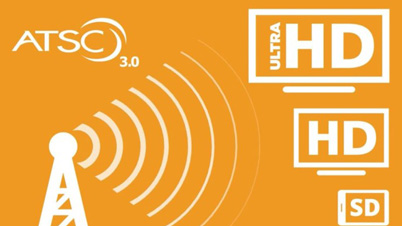 As tests of the next-gen standard get underway and demos are being offered in Las Vegas, Sinclair’s Mark Aitken and Pearl TV’s Anne Schelle see a commercial launch of ATSC 3.0 services possible in about two years.
As tests of the next-gen standard get underway and demos are being offered in Las Vegas, Sinclair’s Mark Aitken and Pearl TV’s Anne Schelle see a commercial launch of ATSC 3.0 services possible in about two years.
 Last week, Sinclair Broadcast Group VP of advanced technology, Mark Aitken, announced at the annual Advanced Television Systems Committee meeting that the station group will give 1 million ATSC 3.0 receiver chips to each mobile phone maker that promises to put them in devices sold in the United States. The offer demonstrates the group’s commitment to moving TV forward.
Last week, Sinclair Broadcast Group VP of advanced technology, Mark Aitken, announced at the annual Advanced Television Systems Committee meeting that the station group will give 1 million ATSC 3.0 receiver chips to each mobile phone maker that promises to put them in devices sold in the United States. The offer demonstrates the group’s commitment to moving TV forward.
 The 2017 NAB Show exhibition opens Monday, April 24, and there will be much to see for broadcast engineers and technologists who find themselves grappling with the repack of the TV spectrum and a nearly completed new broadcast standard. Five top techs — one each from Gray Television, NBCU O&Os, Nexstar Media Group, Sinclair Broadcast Group and Tegna Media — talk technology and what they will be looking for at this year’s NAB Show. For a recap of TVNewsCheck’s multi-part roundup of NAB Tech Hot Topics, click here.
The 2017 NAB Show exhibition opens Monday, April 24, and there will be much to see for broadcast engineers and technologists who find themselves grappling with the repack of the TV spectrum and a nearly completed new broadcast standard. Five top techs — one each from Gray Television, NBCU O&Os, Nexstar Media Group, Sinclair Broadcast Group and Tegna Media — talk technology and what they will be looking for at this year’s NAB Show. For a recap of TVNewsCheck’s multi-part roundup of NAB Tech Hot Topics, click here.
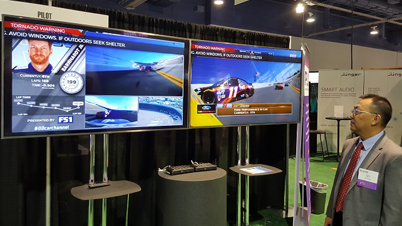 Television broadcasters around the country today are testing the ATSC 3.0 audio watermark as part of their ATSC 1.0 (A/53) transmission. Not only are the tests aimed at offering them greater insight into who is watching and how internet-connected TV services are used by viewers, but they also offer the chance for participating broadcasters to come out of the chutes running once the next-gen TV standard is finalized and approved by the FCC. Above, NAB’s So Vang at an ATSC 3.0 interactivity demo at the 2016 NAB Show.
Television broadcasters around the country today are testing the ATSC 3.0 audio watermark as part of their ATSC 1.0 (A/53) transmission. Not only are the tests aimed at offering them greater insight into who is watching and how internet-connected TV services are used by viewers, but they also offer the chance for participating broadcasters to come out of the chutes running once the next-gen TV standard is finalized and approved by the FCC. Above, NAB’s So Vang at an ATSC 3.0 interactivity demo at the 2016 NAB Show.
Stations, Tech Cope With Likely Repack Delay
 Since it looks like the FCC will have to repeat its two-part incentive auction process to balance the money promised to broadcasters with what is raised from wireless carriers,broadcasters and their technology suppliers remain in the dark longer about which stations will have to move in the repack and to which channels. But that’s not necessarily a bad thing. It could help sync up the repack with an ATSC 3.0 rollout and provide more time to create the 36-month repack schedule. Some vendors say they could use the extra time to prepare for the expected demand. Read the second part of this Special Report here.
Since it looks like the FCC will have to repeat its two-part incentive auction process to balance the money promised to broadcasters with what is raised from wireless carriers,broadcasters and their technology suppliers remain in the dark longer about which stations will have to move in the repack and to which channels. But that’s not necessarily a bad thing. It could help sync up the repack with an ATSC 3.0 rollout and provide more time to create the 36-month repack schedule. Some vendors say they could use the extra time to prepare for the expected demand. Read the second part of this Special Report here.
 Many of the same app developers focused on the web today will help bring interactivity to ATSC 3.0 viewers in the future thanks to the standard’s W3C compliance and clever use of broadcast, broadband and non-real-time content in the home. Above, NAB’s So Vang demos the interactive in-home experience offered by 3.0 in the NAB Futures Zone during the NAB Show last month.
Many of the same app developers focused on the web today will help bring interactivity to ATSC 3.0 viewers in the future thanks to the standard’s W3C compliance and clever use of broadcast, broadband and non-real-time content in the home. Above, NAB’s So Vang demos the interactive in-home experience offered by 3.0 in the NAB Futures Zone during the NAB Show last month.
 Sinclair’s top tech, Mark Aitken, says the next-gen TV standard will offer stations a plethora of new business opportunities. “There will come a day shortly where the kinds of services broadcasters are capable of offering” will top those consumers will be able to get anywhere else. “The business opportunities of tomorrow are totally open to the imagination.”
Sinclair’s top tech, Mark Aitken, says the next-gen TV standard will offer stations a plethora of new business opportunities. “There will come a day shortly where the kinds of services broadcasters are capable of offering” will top those consumers will be able to get anywhere else. “The business opportunities of tomorrow are totally open to the imagination.”
The FCC just received broadcasters’ request to permit use of ATSC 3.0 and has not yet said whether it will even consider the petition. Nonetheless, Sinclair is charging ahead with plans to exploit the technology that include a national “wireless IP pipeline” that can deliver TV and data to consumers and other clients.
Aitken: TV Industry ‘At War’ With New Media
 Sinclair’s tech guru Mark Aitken urges engineers to make sure they keep their management aware of the threat from OTT video providers. “The broadcast industry really has to unite, at least in a virtual sense, to look at what can we do to become a viable competitor in today’s marketplace,” he says. Advertising dollars have begun to leave the local TV market in favor of new media alternatives, he said. While the shift is small today, if left unchallenged “it will be a sorry state of affairs 10 years from now if we are still around.”
Sinclair’s tech guru Mark Aitken urges engineers to make sure they keep their management aware of the threat from OTT video providers. “The broadcast industry really has to unite, at least in a virtual sense, to look at what can we do to become a viable competitor in today’s marketplace,” he says. Advertising dollars have begun to leave the local TV market in favor of new media alternatives, he said. While the shift is small today, if left unchallenged “it will be a sorry state of affairs 10 years from now if we are still around.”
Aitken: Compatibility Is Next-Gen Imperative

Any new broadcast TV technical standard must “harmonize” with the standards used by wireless mobile operator and the white space spectrum user communities, according to Sinclair’s tech guru Mark Aitken. That’s why Sinclair is working on an alternative to ATSC 3.0 along with Coherent Logix. Their joint venture, ONE Media, will create a platform that relies on software-defined radios in consumer devices ranging from LTE mobile phones to tomorrow’s TVs to make updates possible so TV stations don’t get locked into a standard that quickly becomes obsolete.
FCC Repack Sked Troubles Stations, Vendors
 They worry that the timeline proposed for moving stations to new channel assignments following the FCC’s incentive auction is too short. The number of stations that may be required to change channels as part of the repack may exceed the industry’s capaciy to hang antennas, says consultant Jay Adrick. “There are only 14 tower crews in the United States.”
They worry that the timeline proposed for moving stations to new channel assignments following the FCC’s incentive auction is too short. The number of stations that may be required to change channels as part of the repack may exceed the industry’s capaciy to hang antennas, says consultant Jay Adrick. “There are only 14 tower crews in the United States.”
 Panelists at the HPA Tech Retreat agreed with PBS’s Eric Wolf: “Channel sharing is a reasonable option for people to look at, but at the end of the day management has to look at this and say we can take a one-time infusion of cash from the auction and give up forever some portion of our spectrum, which is our bread and butter, and forgo a lot of future options.” But panelists weren’t in harmony on every issue. CBS’s Bob Seidel (l) and Sinclair’s Mark Aitken disagreed on the approach to the next-gen TV standard ATSC 3.0.
Panelists at the HPA Tech Retreat agreed with PBS’s Eric Wolf: “Channel sharing is a reasonable option for people to look at, but at the end of the day management has to look at this and say we can take a one-time infusion of cash from the auction and give up forever some portion of our spectrum, which is our bread and butter, and forgo a lot of future options.” But panelists weren’t in harmony on every issue. CBS’s Bob Seidel (l) and Sinclair’s Mark Aitken disagreed on the approach to the next-gen TV standard ATSC 3.0.
TV Groups Need To Get In The 3.0 Game

While Sinclair is working on its own next-gen transmission standard because it doesn’t like where ATSC 3.0 is headed, there’s another option. The station groups should become fully involved in ATSC — that’s the best way to insure that the standard that finally emerges in 2016 will jibe with their business strategy and give them a fighting chance.
Sinclair Developing Next-Gen TV Standard
 Spearheaded by Mark Aitken, Sinclair’s VP of advanced technology, the new “broadcast-centric” transmission standard is being designed to address an issue Sinclair feels is being left out of ATSC’s efforts: the ability to reach viewers on their mobile devices. “ATSC 3.0 ought to be whatever broadcasters want it to be,” Aitken says. “This process should be about bringing broadcasters to the table for a solution, rather than having it dictated to them by TV set manufacturers.”
Spearheaded by Mark Aitken, Sinclair’s VP of advanced technology, the new “broadcast-centric” transmission standard is being designed to address an issue Sinclair feels is being left out of ATSC’s efforts: the ability to reach viewers on their mobile devices. “ATSC 3.0 ought to be whatever broadcasters want it to be,” Aitken says. “This process should be about bringing broadcasters to the table for a solution, rather than having it dictated to them by TV set manufacturers.”
 There weren’t many American broadcasters at the European-based International Broadcast Show this past week in Amsterdam, but the ones who made the trip were focused on the future of U.S. terrestrial broadcasting. Broadcast tech execs who traveled to IBC included: Robert Seidel of CBS; Kevin Gage of the NAB; Sam Matheney of Capitol Broadcasting; Ira Goldstone of Univision; Mark Aitken of Sinclair Broadcast Group; and Dave Siegler of Cox Media Group.
There weren’t many American broadcasters at the European-based International Broadcast Show this past week in Amsterdam, but the ones who made the trip were focused on the future of U.S. terrestrial broadcasting. Broadcast tech execs who traveled to IBC included: Robert Seidel of CBS; Kevin Gage of the NAB; Sam Matheney of Capitol Broadcasting; Ira Goldstone of Univision; Mark Aitken of Sinclair Broadcast Group; and Dave Siegler of Cox Media Group.
 The Sinclair Broadcasting veteran received the group’s Bernard J. Lechner Outstanding Contributor Award for his work in championing the ATSC mobile digital TV standard.
The Sinclair Broadcasting veteran received the group’s Bernard J. Lechner Outstanding Contributor Award for his work in championing the ATSC mobile digital TV standard.
New Standard Makes TV Portable, Ubiquitous
 Sinclair’s Mark Aitken says adoption in the the next 3-5 years of ATSC 3.0 is crucial to broadcast TV, giving it the ability “not only to meet the needs of delivering lots of bits to the home, but delivering lots of bits to portable devices. I don’t think it’s just about 4K; it’s about portability.” The new standard would “catapult broadcasting into the middle of the distribution” universe where it could compete with other TV media and provide a seamless service as viewers move in and out of their homes watching big-screen TVs, tablets and phones.
Sinclair’s Mark Aitken says adoption in the the next 3-5 years of ATSC 3.0 is crucial to broadcast TV, giving it the ability “not only to meet the needs of delivering lots of bits to the home, but delivering lots of bits to portable devices. I don’t think it’s just about 4K; it’s about portability.” The new standard would “catapult broadcasting into the middle of the distribution” universe where it could compete with other TV media and provide a seamless service as viewers move in and out of their homes watching big-screen TVs, tablets and phones.
A Win-Win Alternative To Spectrum Auctions
 Sinclair’s Mark Aitken believes there’s a better option to the government’s spectrum auction proposal that would benefit both broadcasters and the U.S. Treasury. If broadcasters were granted permission to lease their excess spectrum to wireless carriers — to become the big bulk carriers of video and other bandwidth-intensive content — they could generate over $1 trillion in revenues over the next 15 years. In addition, under current law, they would be required to pay 5% of that revenue to the government, which Aiken says could be $62 billion for Treasury’s coffers.
Sinclair’s Mark Aitken believes there’s a better option to the government’s spectrum auction proposal that would benefit both broadcasters and the U.S. Treasury. If broadcasters were granted permission to lease their excess spectrum to wireless carriers — to become the big bulk carriers of video and other bandwidth-intensive content — they could generate over $1 trillion in revenues over the next 15 years. In addition, under current law, they would be required to pay 5% of that revenue to the government, which Aiken says could be $62 billion for Treasury’s coffers.
So Soon? Next-Gen Broadcast TV In Works
When it meets in Washington in two weeks, the Advanced Television Systems Committee board is expected to move forward with plans to develop a new standard for TV broadcasting in the next five to 10 years. It will enable TV stations to broadcast more programming, more reliably to more places and explore new business opportunities. For viewers, it may mean another traumatic transition similar to one leading up to the final June 2009 switch from analog to digital.
Aitken: Stations In Regulatory Straitjacket
U.S. TV broadcastersface a competitive situation similar to a prizefighter who’s forced to wear a straitjacket when facing the World Heavy Weight Champion.That’s the view of Mark Aitken, director of advanced technology at Sinclair Broadcast Group. On the one hand, they are required by law to transmit DTV using the ATSC A/53 standard, and on the other, they are being pushed into a knockdown, drag-out battle with wireless providers that covet their spectrum and are being cheered on by the FCC.






